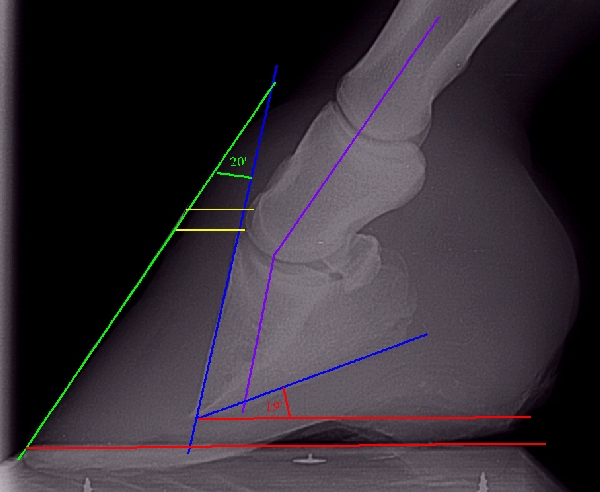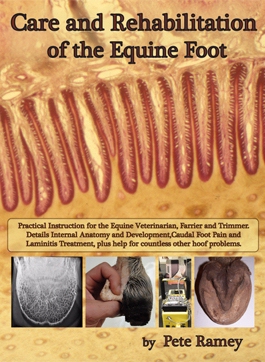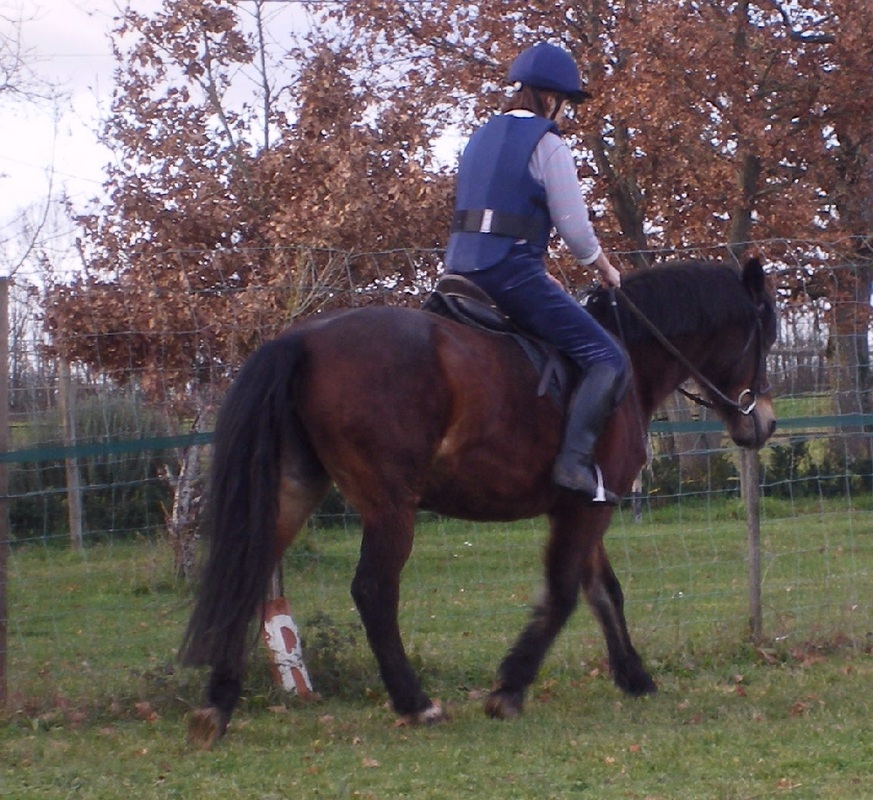In the first of a series of articles that we'll be running on PPID over the next few weeks, here's a short video in which Dr Hal Schott describes some of the early signs of PPID. These include:
- change in behaviour/attitude/performance - the horse may become more lethargic or dull, less enthusiastic about work;
- muscle loss along top line or rump, you may notice the saddle doesn't fit quite so well;
- you may notice long guard hairs on the back of the legs, under the jaw or along the jugular groove. The long shaggy coat associated with PPID is usually late to develop and indicates advanced PPID;
- the horse may drink and urinate more - horses can become diabetic in the early stages;
- you may notice that the horse is sore footed, or it may develop obvious laminitis - laminitis could be due to PPID or EMS, but any laminitis, and particularly first time laminitis between August and October, could be a symptom of PPID.
More information about the early and advanced symptoms of PPID here.




 RSS Feed
RSS Feed